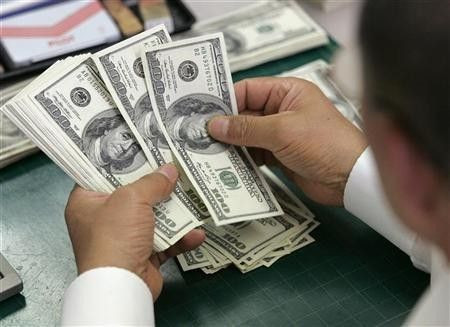U.S. Likely to See 2 Percent GDP Growth in 2012

The recent sustained run of stronger economic data, particularly on the labor market, indicates a possible GDP growth of 2 percent this year, according to Capital Economics.
Capital Economics says that the recent resurgence in motor vehicle sales and in housing activity is encouraging. While the weaker global economic backdrop may be less supportive for manufacturing exporters, at last the domestic recovery appears to be on a firmer footing.
The report suggests that it might seem a strange time to be making upward revisions when the incoming data also indicate that annualized GDP growth in the current quarter could turn out to be as low as 1.0 percent, a sharp slowdown from the 3.0 percent gain in the final quarter of last year.
But the National Bureau of Economic Research relies more on four monthly coincident indicators - non-farm private payrolls, real personal income, industrial production and real business sales - to track the business cycle and all those indicators suggest that economic growth is actually accelerating.
Capital Economics' Paul Ashworth and Paul Dales say that the annual growth rate of bank loans has accelerated to 4.0 percent. While the initial revival last year was solely due to a rebound in lending to businesses, it is now seeing a much more broad-based rebound that includes a turnaround in commercial and residential mortgages and other consumer loans.
According to the incoming monthly data, imports are up sharply and domestic manufacturing production is rising rapidly. Household and business expenditures are apparently weak and there is no evidence of a more rapid inventory accumulation.
Capital Economics is expecting that the GDP growth will accelerate again in the second quarter and continue to grow between 2.0 percent and 2.5 percent for the rest of this year and next year.
It notes that a positive development in the U.S., at least as far as the outlook for real expenditures goes, was the sharp upward revisions to personal incomes in the second half of last year. As a result, the apparent decline in the household saving rate in the second half of last year has now been almost completely revised.
© Copyright IBTimes 2024. All rights reserved.





















